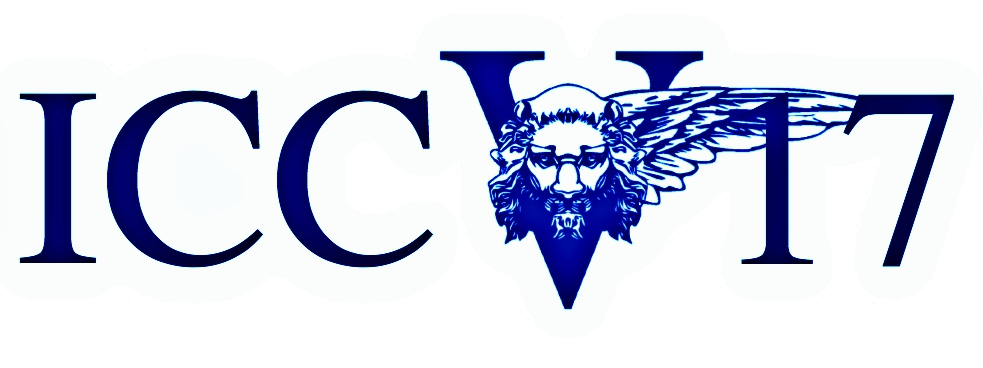-
Weakly Supervised Manifold Learning for Dense Semantic Object Correspondence
AbstractThe goal of the semantic object correspondence problem is to compute dense association maps for a pair of images such that the same object parts get matched for very different appearing object instances. Our method builds on the recent findings that deep convolutional neural networks (DCNNs) implicitly learn a latent model of object parts even when trained for classification. We also leverage a key correspondence problem insight that the geometric structure between object parts is consistent across multiple object instances. These two concepts are then combined in the form of a novel optimization scheme. This optimization learns a feature embedding by rewarding for projecting features closer on the manifold if they have low feature-space distance. Simultaneously, the optimization penalizes feature clusters whose geometric structure is inconsistent with the observed geometric structure of object parts. In this manner, by accounting for feature space similarities and feature neighborhood context together, a manifold is learned where features belonging to semantically similar object parts cluster together. We also describe transferring these embedded features to the sister tasks of semantic keypoint classification and localization task via a Siamese DCNN. We provide qualitative results on the Pascal VOC 2012 images and quantitative results on the Pascal Berkeley dataset where we improve on the state of the art by over 5% on classification and over 9% on localization tasks.
Related Material
[pdf][bibtex]@InProceedings{Gaur_2017_ICCV,
author = {Gaur, Utkarsh and Manjunath, B. S.},
title = {Weakly Supervised Manifold Learning for Dense Semantic Object Correspondence},
booktitle = {Proceedings of the IEEE International Conference on Computer Vision (ICCV)},
month = {Oct},
year = {2017}
}
These ICCV 2017 papers are the Open Access versions, provided by the Computer Vision Foundation.
Except for the watermark, they are identical to the accepted versions; the final published version of the proceedings is available on IEEE Xplore.
Except for the watermark, they are identical to the accepted versions; the final published version of the proceedings is available on IEEE Xplore.
This material is presented to ensure timely dissemination of scholarly and technical work.
Copyright and all rights therein are retained by authors or by other copyright holders.
All persons copying this information are expected to adhere to the terms and constraints invoked by each author's copyright.

